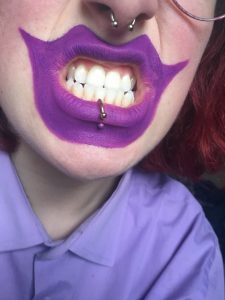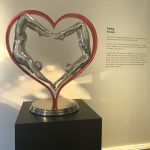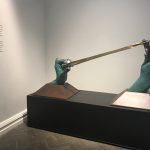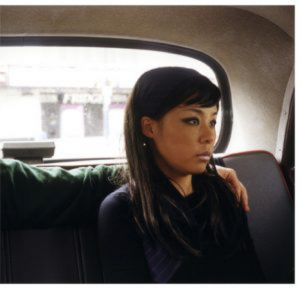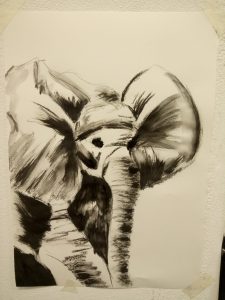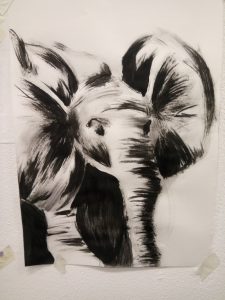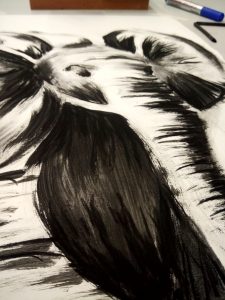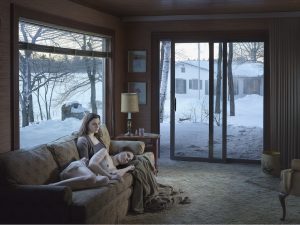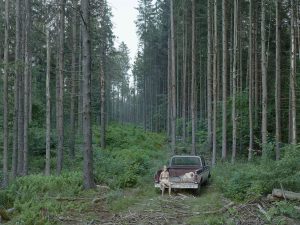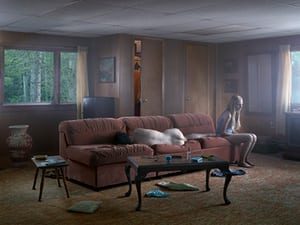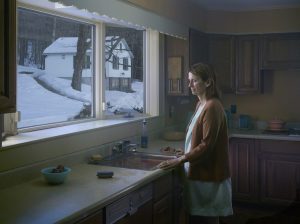‘Gender schmender,
Put it in the blender
and drink it.’
I challenge the social construct of gender. I have chosen these 10 words to represent my practice as they are non-sensical and whimsical; yet destructive, reflecting the physical nature of my work. The idea of physically consuming the gender binary implies a sort of violence towards it; wishing it to jump down your own throat and dissipate forever. I have crafted my words as if like a poem; softly rhyming at first, but incorporating caesura to add impact to the vicious final line.
I came to university as an oil painter, only exhibiting portraiture; however, I now have a growing interest in new media of which I will explore further in the ‘Worn’ project. While my practice is maturing, I know that my main interest will always be depicting individuals. My choice of image- my own tribute to Leigh Bowery’s iconic overdrawn lips- is highly reminiscent of the club-kid scene in the 1990s. I chose to replicate this imagery because it is key, iconic history to my main focus. It was made by painting lipstick around my mouth in the form of an emphasised upward smile; almost clown like. Interesting, as a clown is an entertainer for all, yet is a commonly accepted and ungendered form.

